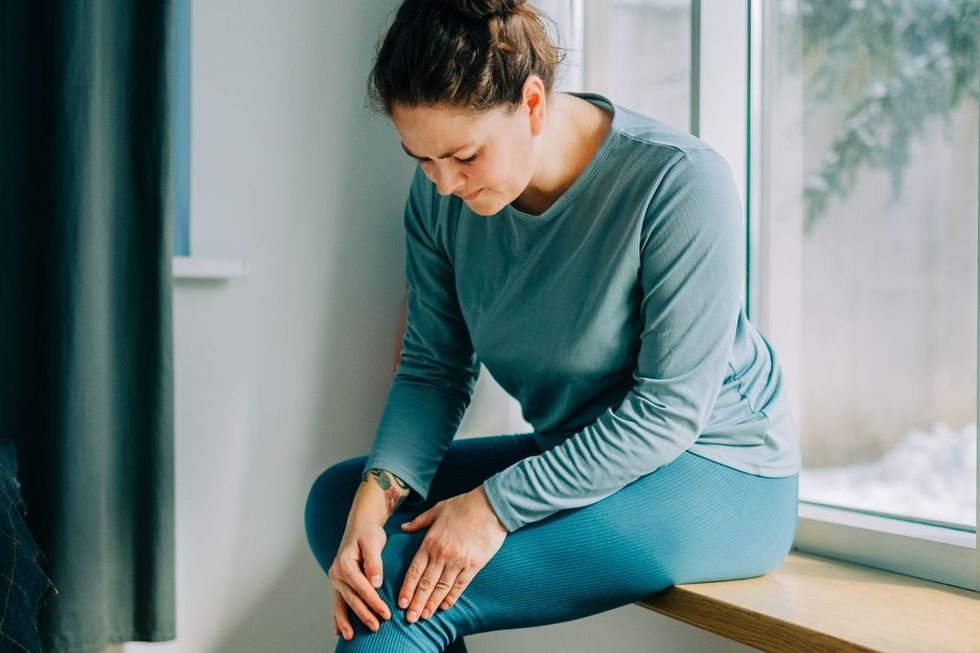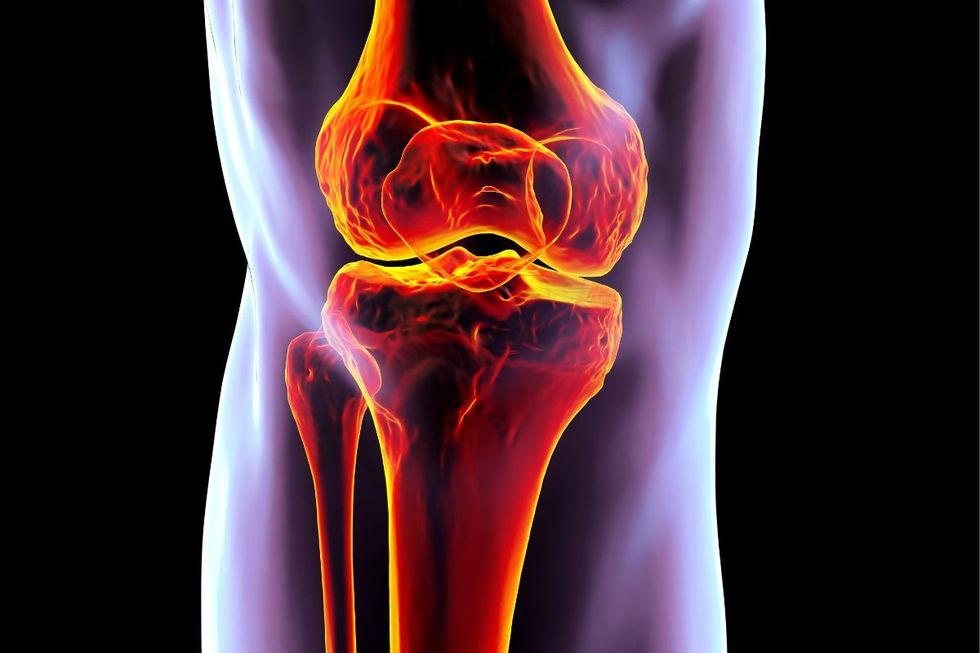Osteoarthritis breakthrough: Altering walking patterns may deliver pain relief equivalent to medication

Altering foot positioning when walking could lead to significant pain reduction
Don't Miss
Most Read
A groundbreaking study has demonstrated that modifying walking patterns can deliver pain relief equivalent to medication while simultaneously decelerating cartilage deterioration in osteoarthritis patients.
The year-long randomised controlled trial, conducted by scientists from the University of Utah, New York University, and Stanford University, represents the first placebo-controlled research proving biomechanical interventions effective for osteoarthritis treatment.
Participants who altered their foot positioning during walking experienced significant pain reduction compared to those receiving sham treatment.
**ARE YOU READING THIS ON OUR APP? DOWNLOAD NOW FOR THE BEST GB NEWS EXPERIENCE**

The study involved patients suffering from mild-to-moderate osteoarthritis
|GETTY
The research offers fresh hope for the nearly 25 per cent of adults over 40 living with this debilitating condition, which ranks among the primary causes of disability globally.
The research team concentrated on patients suffering from mild-to-moderate osteoarthritis affecting the medial compartment of the knee, the condition's most prevalent form.
Unlike previous trials that applied identical interventions across all participants, researchers employed a personalised methodology to determine optimal foot angle adjustments for each individual.
Scott Uhlrich, assistant professor of mechanical engineering at Utah's John and Marcia Price College of Engineering, explained that earlier studies produced inconclusive results because they failed to account for individual gait variations.
The tailored approach excluded participants for whom no foot angle modification could reduce knee stress, potentially explaining why previous research yielded mixed outcomes regarding pain relief.
The 68-participant trial divided subjects into intervention and control groups following initial assessments using pressure-sensitive treadmills and motion-capture technology.
Intervention participants received personalised foot angle adjustments of either 5° or 10°, while the placebo group maintained their natural walking patterns.
Both groups completed six weekly laboratory training sessions using biofeedback devices that provided gentle vibrations to guide proper foot positioning.
After twelve months, participants in the intervention group reported pain reduction ranging from over-the-counter medications like ibuprofen and stronger narcotics.
MRI scans revealed slower cartilage degradation markers in the treatment group, demonstrating measurable structural benefits alongside symptomatic improvement.
The intervention's long-term viability represents a significant advantage, particularly for younger patients facing decades of pain management before joint replacement becomes necessary.
LATEST DEVELOPMENTS

Slower cartilage degradation was observed in participants who modified their walking patterns
|GETTY
However, clinical deployment requires substantial streamlining of the current motion-capture prescription process, which remains expensive and time-intensive.
Researchers envision future treatment delivery through physical therapy clinics, enabling patients to practice modified walking patterns in their local neighbourhoods rather than laboratory settings.
Uhlrich noted that his team has developed mobile sensor technology, including smartphone video analysis and intelligent footwear, to personalise and deliver interventions in clinical environments.
Additional studies must validate this streamlined approach before widespread public availability becomes feasible.











